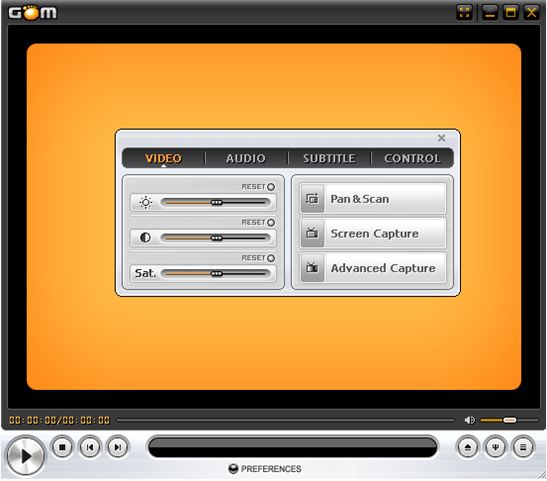


I looked at the Docs and it seems there are two possible options: -loop. You can also flip your video horizontally or vertically using the same drop-down menu. To rotate your video playback by a fixed angle, enable the Transform option and then click the drop-down menu to choose a rotation angle. So I need to use additional Command-Line arguments for looping or repeating that beep sound. In the Video Effects tab, access the Geometry tab.
Vlc command line geometry how to#
How to do it from command-line/terminal/shellįor aspect ratios, no module is needed. I know I can start VLC and the beep sound file with vlc myfile. Tools -> Effects and Filters (Ctrl+E) then Video Effects -> Crop, and set the values. (Show settings: All) then Video and Video cropping field. Usually with videos cropping is used to change aspect ratio by cutting something out (known as Pan and scan method).įrom QT4 GUI you can enable cropping from Tools -> Preferences. The default path for the VLC folder is: C:Program FilesVideoLANVLC If you installed VLC in another drive, simply replace letter C with the actual drive letter. So it remove something from left, right, top and/or bottom of image. Look for Command Prompt in the results and right-click on it before selecting Run as Administrator.
Vlc command line geometry install#
Finally, “ mux” is the format, to select among ts, ps, ogg, avi, etc.Īs you may have noticed, the access option makes the difference between transcoding and streaming on the networking. To play a video with VLC using Command Prompt, follow these steps- Download and install VLC media player. I figured out a way to transcode my videos so that they would play at double speed using the GUI as Convert/Stream -> Show More options and. “ dst” stands for destination and defines the name of the output. The type of output can be “file”, “udp”, “rtp”, or “http”. Then, “ access” is for saving the transcoded file. The list is quite long so you may want to check on the official website. 1 Use the command line 2 Getting help 3 Opening streams 3.1 Opening a file 3.2 Opening a DVD or VCD, or an audio CD 3.3 Receiving a network stream 4 Modules selection 5 Stream Output 6 Other Options 6.1 Audio options 6.2 Video options 6.3 Desktop/Screen grab options 6.4 Playlist options 6.5 Network options 6.6 CPU options 6. You can choose among the codecs supported by VLC, like mp4v, MPJG, WMV1, vorb, flac, etc. In the Filters tab, find and turn on the. On the Convert window, next to Profile, click the spanner icon. In the Video Effects tab, access the Geometry tab. Then, at the bottom, select Convert/Save. In the Open Media window, click Add and add the video file you want to rotate. Both “ vcodec” and “ acodec” define, respectively, the video and the audio codec used for the transcoding. Once you’ve done that, from VLC’s menu bar, select Media > Convert/Save. The “ -sout” indicates the output channel. In “ ” you put the file or flux that you want to transcode. '#transcode'Įven if it may seem a bit complex at first, each element is pretty easy to understand.


 0 kommentar(er)
0 kommentar(er)
